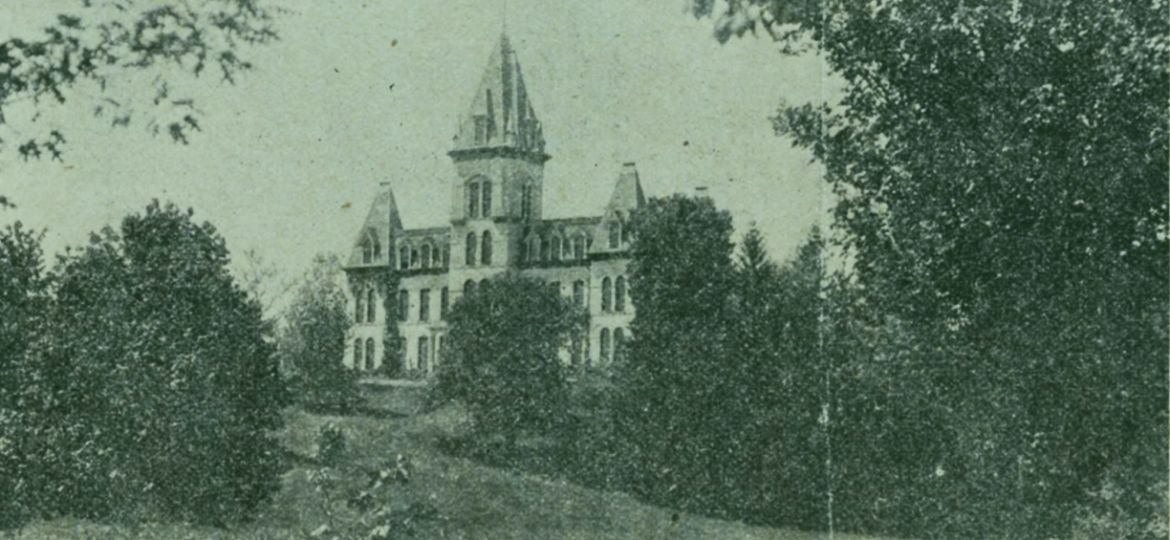
I accidentally stumbled upon the Viking Yearbook, which I didn’t know previously existed. These yearbooks, spanning from 1904 to 2007, act as living archives of St. Olaf’s past. They chronicle the evolution of the Hill from 1889 onward through both world wars and countless social movements. As we evolve, it’s essential to reach into the past and inspect these changes. Though this article is meant as a historical analysis of the campus’ changes, it is important to note what a devastating loss it has been to campus history to no longer have the Viking as a resource.
I sat down with French Professor Jolene Barjasteh to discuss changes she has seen on campus in her nearly 40 years at the school. She shared that when she began at St. Olaf, there was a lack of diversity amongst the student body and staff. “I was hired at a time when many female faculty were coming on board. That reflected the times, in that women were finally advancing into academia,” she said.
Barjasteh said that there “has certainly been a push in the last few years to recruit faculty of color. Whenever we’re looking at a pool of candidates it must reflect our commitment to diversity,” adding that St. Olaf is currently interested in hiring women of color to continue to diversify the faculty.
Despite this, there is still progress to be made. Only 22 percent of students and 15 percent of faculty identify as BIPOC, which does not reflect the 36 percent of Minnesotans who are BIPOC. Only within the past 70 years has St. Olaf accepted Black students. Many of the resources that now exist for a diverse student population are even more recent. This reflects national trends pushing colleges and universities towards diversity as the movement for diversity, equity, and inclusion continues to grow.
Barjasteh also shared differences she has noticed in student habits which correlate to the physical changes of the campus. “Students gather with their friends in the community, but it’s outside the Cage. I’ve seen the place of community become Buntrock and perhaps the Lutheran tradition seems to have receded,” she said. Until Buntrock was completed in 2000, what is now the Center for Art and Dance (CAD) was the student commons, and it functioned very differently. “In CAD, the top floor was the cafeteria. The ceilings were too low, it felt very cramped, there were always many people there but people did not dally there. I think when Bunt was designed, it was meant to be more comfortable and more of a gathering space. For students, the change was immediate, that was just their gathering space,” said Barjasteh.
The biggest change that Barjasteh has noticed? Technology. “It really does come down to technology, what we do and how we do it. There are benefits to technology, of course, but there are drawbacks too.” she said.
She lamented the lack of personal connection that comes with technology, “What do professors want? They want to talk to their students. I must say that that has changed, just stopping by and chatting. It doesn’t even have to be about the course, just about life. It’s somewhat ironic, this technology that should bring us closer together creates this new kind of distance, this electronic distance,” said Barjasteh.
If you want to learn more about the history of St. Olaf, the third and a half floor of the library contains multiple copies of every yearbook. For more information about the history of the Viking, check out “The Vanished Viking” by Joel Hoekstra ‘92 from the 2018 St. Olaf magazine. There is also the Evolution of the Hill website, curated by Anders Cote ‘24.

